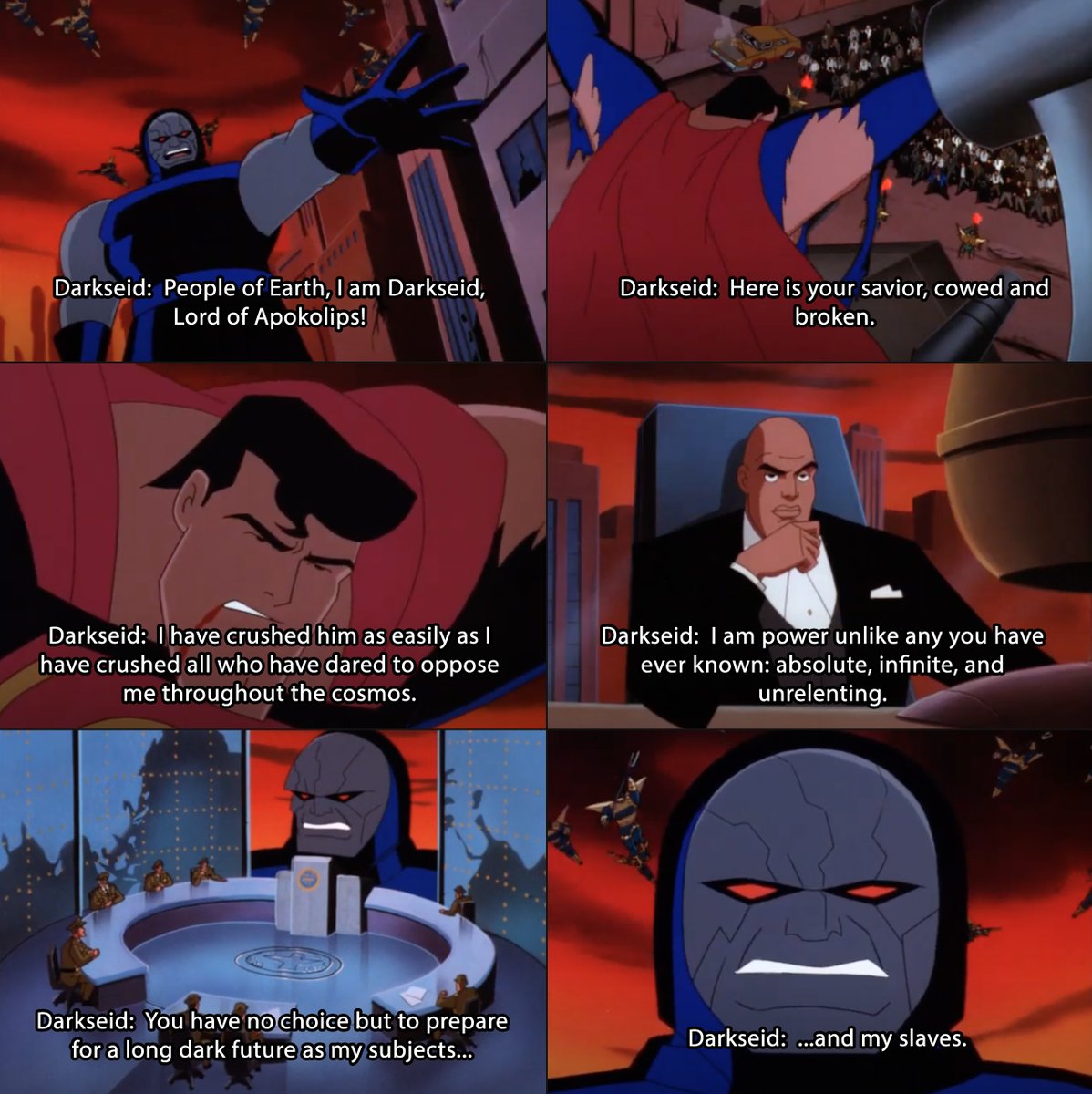

Marc Gottlieb (screenwriter, Aquarium of the Dead ): My favorite horror trope is definitely the jumping cat. Friday the 13th: A New Beginning will always have the best toilet kill, however, because nothing tops Demon and his girlfriend Anita singing while he’s on the crapper because of bad enchiladas. Just the Ghoulies cover alone left me terrified of using the bathroom at night when I was a kid. Sometimes it’s as simple as sucking on a lollipop, other times the slob gobbles a club sandwich on rye with coleslaw juices oozing everywhere for effect.Īpril Wolfe (screenwriter, Black Christmas 2019): Toilet horror has always been a personal favorite as an adult, but as a kid it totally wrecked me. Matt Donato (journalist): “The morgue worker who’s enthusiastically eating while corpses rot on their cold steel tables” gets me every time. Jeffrey Reddick (writer, Final Destination ): One of my favorites is how the security goes out at an asylum and a mental patient escapes on the anniversary of the crime they committed. But when you pull off the lawnmower in Sinister … you will never be forgotten.Īxelle Carolyn (director, The Manor, The Haunting of Bly Manor ): As a fan of ghost stories and ’70s horror, I’m partial to the emotionally fragile, grieving protagonist who may or may not have just been released from a mental asylum, and finds themself isolated in a countryside house which may or may not be haunted. Of course, there’s a great guff between saying “jump scare” and pulling it off because failure to pull it off means a groan from me and the audience. And that was just a silly internet thing. Remember that supposed car commercial on the internet with car in the distance winding up a curvy valley? Then a zombie screams and faceplants the screen? Shit meself I did.

Todd Farmer (screenwriter Jason X, My Bloody Valentine 3D ): A favorite, without question: Cheap-ass jump scares. (Unlike garbage disposals - the Devil’s appliance! - another, similar horror trope I’m fond of.) In a brightly lit bathroom you may be lulled into a false sense of security when a character opens a mirrored cabinet to fetch an aspirin, only to be met by something marvelously grotesque or threatening that triggers the hero and viewer alike the moment the cabinet door is closed. Mirrors are ubiquitous and carry no inherent menace. In my mind, the horror film equivalent of this rare, heightened state is the mirror scare. But there’s a sweet spot where, if pushed just a little too far, the joke attains a brief period of comedic sublimity, and is funnier than it ever was or had any right to be. Something that’s funny initially can become irritating upon reiteration. Brian Collins The horror tropes that always workĪmy Searles (co-director, Miskatonic Institute of Horror Studies, Los Angeles): I’m sure we’ve all experienced the kind of joke that ebbs and flows upon repetition. They haven’t for nearly 100 years.īut how do horror tropes work today? How have they evolved? And how do filmmakers use them to their advantage to bring movies closer to that one original feeling of seeing a classic move onscreen for the first time? To size up the tropes, take stock of the stock characters, Polygon asked horror filmmakers, writers, and experts to weigh in on what’s always worked, and what may continue to scare us in the future.

Others are just sturdy - if it ain’t broke, horror people don’t fix it.
#TV TROPES THE LONG DARK MOVIE#
No matter what your favorite kind of horror movie is, there are a dozen stock moments and narrative beats that appear time and time again.

And you can’t throw a rock in the zombie subgenre without hitting someone who has been bitten but is hiding it from the rest of the group. Any monster movie (at least, post Jaws) has the town event that is too important to close down because of a (bear, rabid dog, or even another shark). And it’s not just the slashers that rely on these tropes we’ve all seen a million ghost movies where a figure appears in the background, then - after the lights flash on then off - finds its way directly next to the protagonist. Then you see another slasher movie, and then a few more, and then perhaps a hundred more, and you no longer recall a time when those motions felt like fresh inventions. And you, naive little you, are blown away when the killer survives an attack that seemed more fatal than any of the ones he had inflicted on the jock, the nerd, and the mean girl. You’re confused when the main character spots a shady figure outside the window, only to discover in a second glance that they’re no longer there. The first time you see a slasher movie, you don’t know that the car won’t start.


 0 kommentar(er)
0 kommentar(er)
